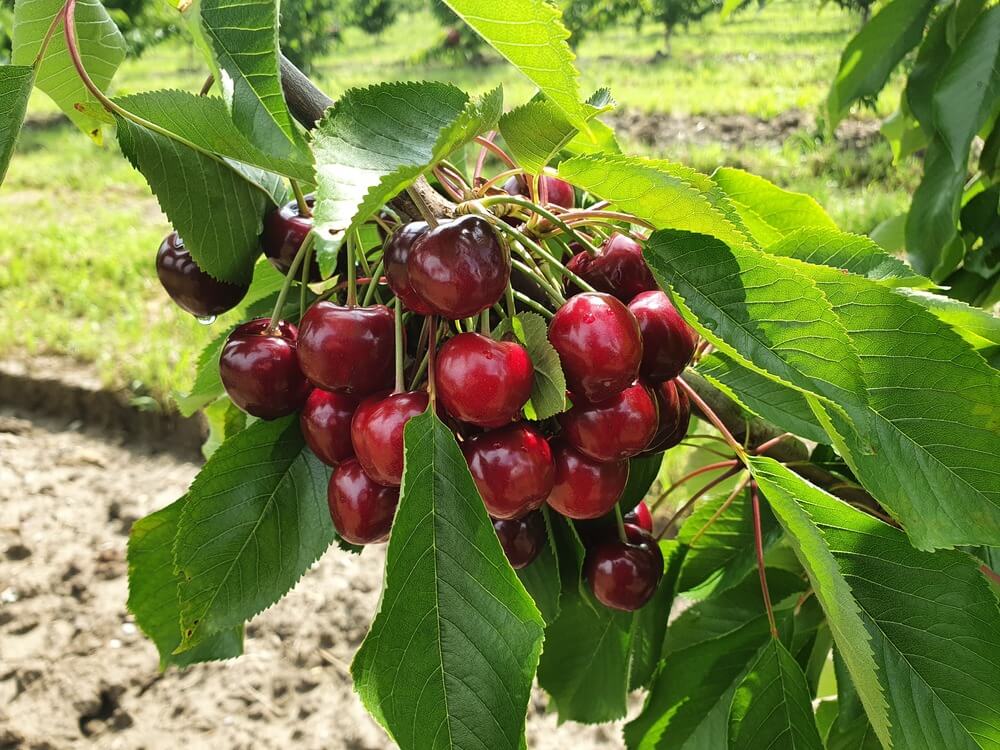The 2025 Spanish cherry campaign turned out to be unusual in several respects, but overall positive from an economic perspective. Adverse weather conditions at the start of the season – including frosts, hailstorms, and rain – significantly reduced volumes in the early phase, particularly between late April and the first days of May.
However, this scarcity had a favorable side effect: it kept prices high throughout the season.
This is explained by Javier de Pablo Camarasa, manager of Finca Albalate, who emphasizes how the domestic market absorbed much of the production, making exports less attractive in the early stages. “At that time,” he explains, “prices were high and exporting made no sense: the Spanish market was performing well.”
European markets hungry for cherries
Another key factor was the collapse in supply in other producing countries such as Bulgaria, Greece, and Turkey, also hit by severe frosts. This left a gap in the European market, which Spain managed to fill, maintaining competitive prices throughout the campaign.
On average, grower returns were around USD 3 (about €2.80) in the middle and late stages of the season, after reaching USD 5–6 (about €4.70–5.60) in the early phase.
Fluctuating quality, but satisfactory results
Product quality, especially in the first stage, was affected by the weather. “At the beginning it was difficult to obtain high-quality fruit,” de Pablo recalls, “and even during the season, the high firmness that normally ensures the best shelf life was lacking.”
Nevertheless, parameters such as size, Brix levels, and yields were good.
On the varietal front, there were no significant innovations compared to 2024, although there was a slight increase in extra-early production, useful to cover the first commercial windows between late April and early May.
Climatic challenges and new strategies
The wave of scorching heat, with temperature peaks between 41 and 45 degrees Celsius in areas never previously affected, was one of the main challenges of the season.
According to de Pablo, it will be essential to adopt shade solutions and new post-harvest techniques to preserve the trees and ensure production continuity.
China yes, but not yet
Despite the official opening of the Chinese market to Spanish cherries, exports to Beijing and surrounding areas remain marginal. Why? The logistical complexities and high costs of the mandatory 15-day cold treatment before shipping dampen enthusiasm.
“With good prices in Europe and quick sales,” de Pablo explains, “few are willing to wait more than two weeks for a still-uncertain market.”
Looking ahead
In the medium to long term, however, China could represent a real opportunity for producers of extra-late varieties. Several companies are investing in new cultivars and areas with extended harvest windows, targeting less crowded market spaces.
At the same time, the extra-early segment is also growing, consolidating Spain’s position as a key player in the European spring window.
Source: portalfruticola.com
Cherry Times - All rights reserved












